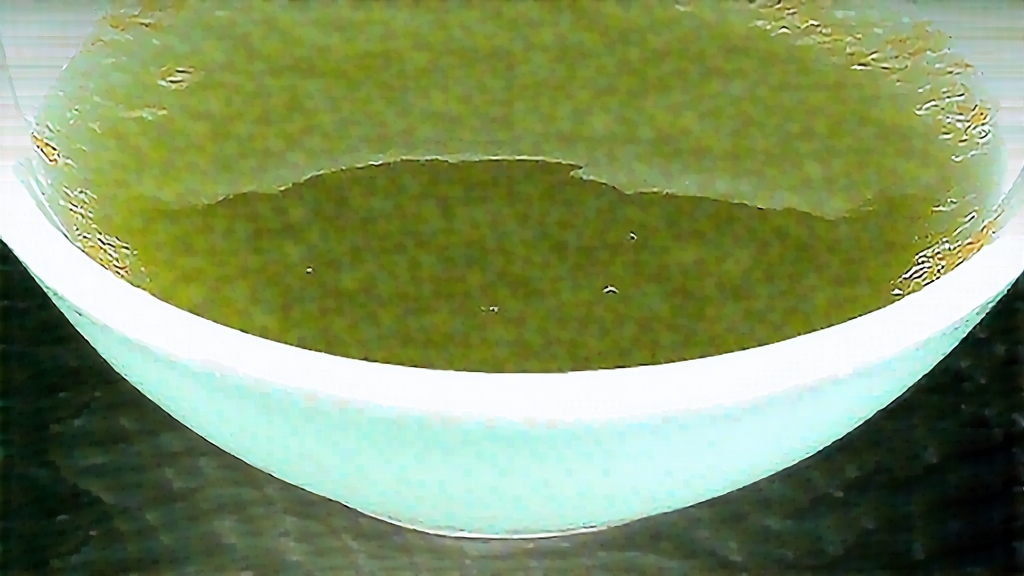
Tucked high on the mist-capped slopes of Mt. Meng in Sichuan Province, Meng Ding Huang Ya has been whispered about in Chinese tea lore for more than twelve centuries. Poets of the Tang dynasty praised its “liquid moonlight,” Song emperors accepted it as the first tribute tea of spring, and Ming scholars claimed that one sip could “rinse the dust from a traveler’s soul.” Yet outside China this yellow-bud marvel remains almost unknown, hidden behind the global fame of green teas and the dark allure of pu-erh. Today we climb the narrow stone paths of Ya’an, enter the bamboo-thatched workshops where the air smells of warm maize and fresh orchids, and uncover why Meng Ding Huang Ya deserves a place among the world’s most subtle and sophisticated beverages.
History begins with legend. In 53 BCE, the Daoist monk Wu Lizhen planted seven tea bushes on the summit of Meng Ding, an act recorded on a stele that still stands. By the Tang era (618-907) those bushes—miraculously preserved—were yielding buds so pale they looked gilded at dawn. Imperial couriers raced the leaves down the mountain, across suspension bridges of hemp and iron, to Chang’an where the emperor staged the “First Sprout Rite,” believing the tea harmonised heaven, earth and humankind. During the Song the tea was steamed, pressed into cakes, and stamped with the dragon-and-phoenix seal reserved for the throne. When the Ming court abolished compressed tribute teas in 1391, Meng Ding craftsmen turned to loose-leaf processing, accidentally discovering the “sealed yellowing” step that would define the entire yellow-tea category. Thus Meng Ding Huang Ya became both progenitor and benchmark: if a yellow tea could not match its sweet, corn-silk liquor, it was judged unworthy of the name.
The modern micro-region covers only 13 km² above 1,000 m, where Sichuan’s rain-laden clouds collide with cold Himalayan updrafts. Temperatures hover between 12 °C and 18 °C, humidity 85 %, and the soil is a crumbly quartz-rich loam laced with bamboo roots that keep the pH slightly acidic. Indigenous cultivars—Meng Ding #9, #23 and the ancient “small-leaf yellow”—have evolved thick cuticles and low chlorophyll, storing amino acids that translate into brothy sweetness. Farmers still observe the “three no-pick” rule: no buds after rain, no buds longer than 2.5 cm, no buds that lack the tell-tale ivory tip. A kilo of finished tea requires 80,000 such buds, all plucked before Qingming festival when mountain mornings taste of pear blossom and wood smoke.
Processing is a choreography of restraint. The first step, “sha qing” or kill-green, looks like green-tea fixation but is gentler: leaves are hand-tossed in iron woks held at 160 °C for only three minutes, just enough to halt oxidation enzymes while preserving the yellow pigment precursors. Next comes “men huang,” the sealed yellowing unique to the category. Buds are wrapped in thin linen squares, stacked in bamboo crates, and left to breathe in 70 % humidity for 48–72 hours. During this quiet fermentation the leaf slowly oxidises its chlorophyll into pheophytin, turning from jade to antique gold while developing notes of steamed maize, wet limestone and honeysuckle. A final low-temperature roast—40 °C for six hours—locks in fragrance and reduces moisture to 5 %. The result is a needle-shaped bud, downy and pale like a moth’s wing, that smells faintly of chestnut and mountain orchid.
To brew Meng Ding Huang Ya is to listen rather than command. Choose a tall celadon gaiwan or a glass pitcher that curves inward, allowing the buds to stand upright like miniature golden pagodas. Use 3 g of leaf for 150 ml of water at 80 °C—any hotter will scorch the amino acids, any cooler will leave the leaf dormant. After a five-second rinse to awaken the buds, infuse for 45 seconds. The liquor emerges the colour of morning sun on straw, releasing aromas that oscillate between sweet corn and raw almond. The first sip is feather-light, coating the tongue with a glycerine softness; the second exposes a cool minerality reminiscent of wet slate; the third lingers in the throat with a returning sweetness the Chinese